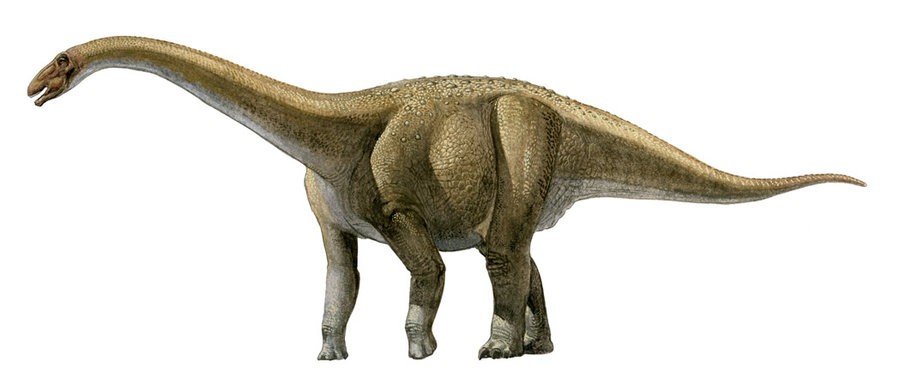History Learner
Well-known member
James E. Fassett of the U.S.G.S has been producing very compelling evidence for Paleocene dinosaurs in the Ojo Alamo Sandstone of the San Juan Basin in New Mexico since the early 2000s. Fassett is of the belief that some Dinosaur species continued on as late as 64.5 Million years ago, which is about 1.5 Million years after the K-PG Impact. Outside of Fassett's research, there has been some evidence for the same in Australasia and in China, there has been the discovery of the Qinornis, a non-neornithine ornithuran from 61 Million years ago despite the previous belief that they had all died out during the K-PG Impact. Interestingly, both the New Mexico and New Zealand arguments lines up with evidence concerning the rising of mammals at the start of the Paleocene. My personal interpretation is that, with their populations heavily devastated by the K-PG Impact, the relic population of Dinosaurs simply failed to proliferate in time before the Mammals took their ecological niches, ultimately outcompeting and thus dooming these Mesozoic survivors.
So what does this have to do with anything? We know for a fact that Madagascar had several extant Dinosaur species and its relative isolation as an island meant it was hard for Mammals to reach it. Existing evidence suggests that there was only four separate waves of invasive species since the K-PG Impact, which has resulted in the extremely unique fauna of the island today that cannot be found elsewhere. This relative isolation would thus make the island a prime candidate as a "Lost World" of surviving Dinosaur fauna, enabling the plucky survivors to successfully repopulate their island and thus maintain their environmental niches instead of being displaced by mammals.
So, as the Austronesians come to settle Madagascar around 350 BC - 550 AD, they find an island predominantly ruled by dinosaurs, with mammals playing a more background roll since they can only dominate certain ecological niches. In particular, the Rapetosaurus-the late Cretaceous sauropod species that dominated the island-has survived relatively unchanged physically but has become socially-sophisticated as a result of an evolutionary arms race with the descendants of Rahonavis, who have evolved into terror bird like predators that replaced the now extinct theropod Majungasaurus. Outside of the explicitly dinosaurian fauna, Simosuchus has also survived and has grown in size to take the place Hadrosaurs and like took elsewhere.
Rapetosaurus, physically unchanged for the most part but now with Elephant-like herd defensive mechanisms:

So what does this have to do with anything? We know for a fact that Madagascar had several extant Dinosaur species and its relative isolation as an island meant it was hard for Mammals to reach it. Existing evidence suggests that there was only four separate waves of invasive species since the K-PG Impact, which has resulted in the extremely unique fauna of the island today that cannot be found elsewhere. This relative isolation would thus make the island a prime candidate as a "Lost World" of surviving Dinosaur fauna, enabling the plucky survivors to successfully repopulate their island and thus maintain their environmental niches instead of being displaced by mammals.
So, as the Austronesians come to settle Madagascar around 350 BC - 550 AD, they find an island predominantly ruled by dinosaurs, with mammals playing a more background roll since they can only dominate certain ecological niches. In particular, the Rapetosaurus-the late Cretaceous sauropod species that dominated the island-has survived relatively unchanged physically but has become socially-sophisticated as a result of an evolutionary arms race with the descendants of Rahonavis, who have evolved into terror bird like predators that replaced the now extinct theropod Majungasaurus. Outside of the explicitly dinosaurian fauna, Simosuchus has also survived and has grown in size to take the place Hadrosaurs and like took elsewhere.
Rapetosaurus, physically unchanged for the most part but now with Elephant-like herd defensive mechanisms:

